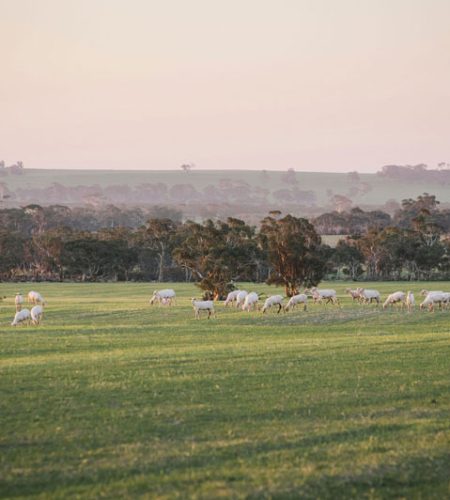Dr Nathan Robinson
Project Leader
Federation University
The Soil CRC Scoping Study on soil performance indicators concluded that there was no universal suite of indicators that could measure soil performance, but rather that indicators should be matched to their intended purpose (‘horses-for-courses’)
This project will use social research, data analytics and soil indicator domain expertise to determine how commonly used indicators, or suites of indicators (‘horses’) can best be matched to landscapes, climates, ecosystems and land management goals (‘courses’).
It will also explore whether alternative indicators might be more successful in matching the expectations of the end-users. Apart from the research discoveries related to the extent of indicator use, end-user expectations, and matching suites of indicators to regional agricultural and land management, the outcomes of this project will provide valuable information and guidance for growers to pick the best indicators for their production system.
The project will analyse data collected through the Soil CRC project Visualising Australasia’s Soils and combine that knowledge with a deep social science survey, to determine which indicators are best suited to which farming systems over what timeframes in which geographies, and what are the key thresholds for those indicators.
The intention is to fully explore what farmers are already using and why they have chosen those particular indicators. This will enable the project to learn from the experience of farmers, consultants and advisers who have generally not played a significant role in the development of soil quality assessment schemes – despite being the end users of these schemes.
The project will examine the limitations of current indicators, and understand the standard operating environment and procedures for these common indications.
This project will support growers, advisers and scientists to identify what indicators work best and where, and to guide wider adoption of how growers can benefit from using these in their management decisions. The wider impact of this project is that it will inform and guide the development of future Soil CRC projects, and will assist in connecting functions and activities with indicators.

